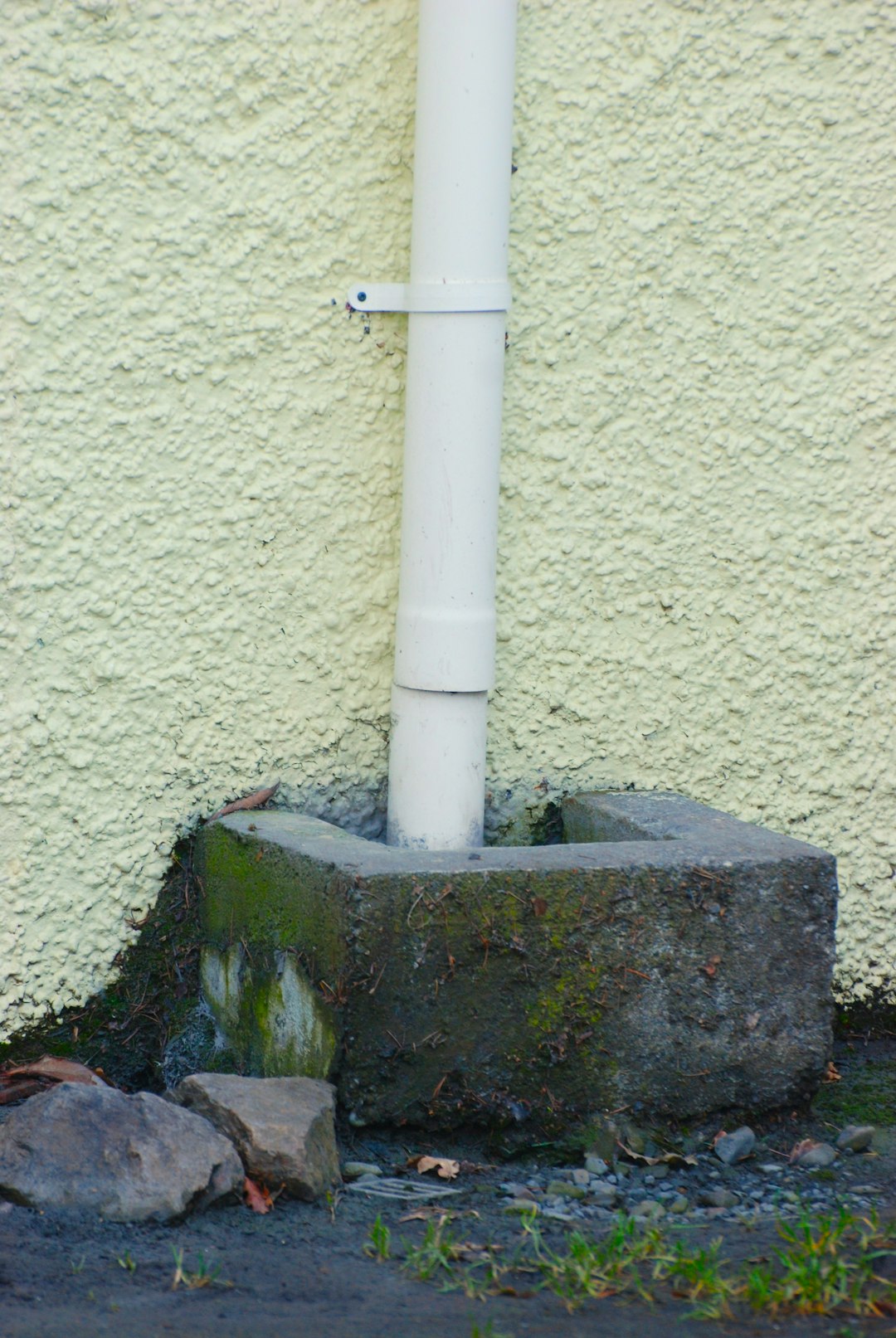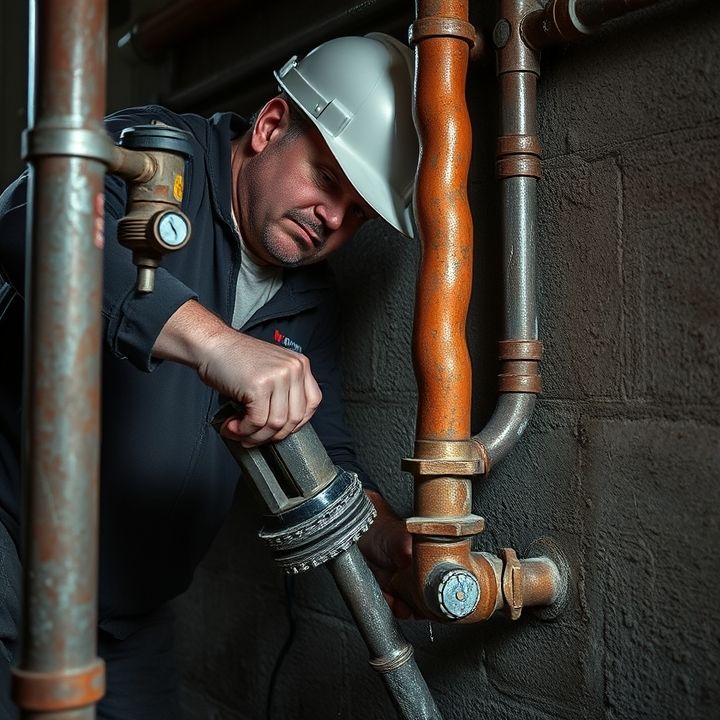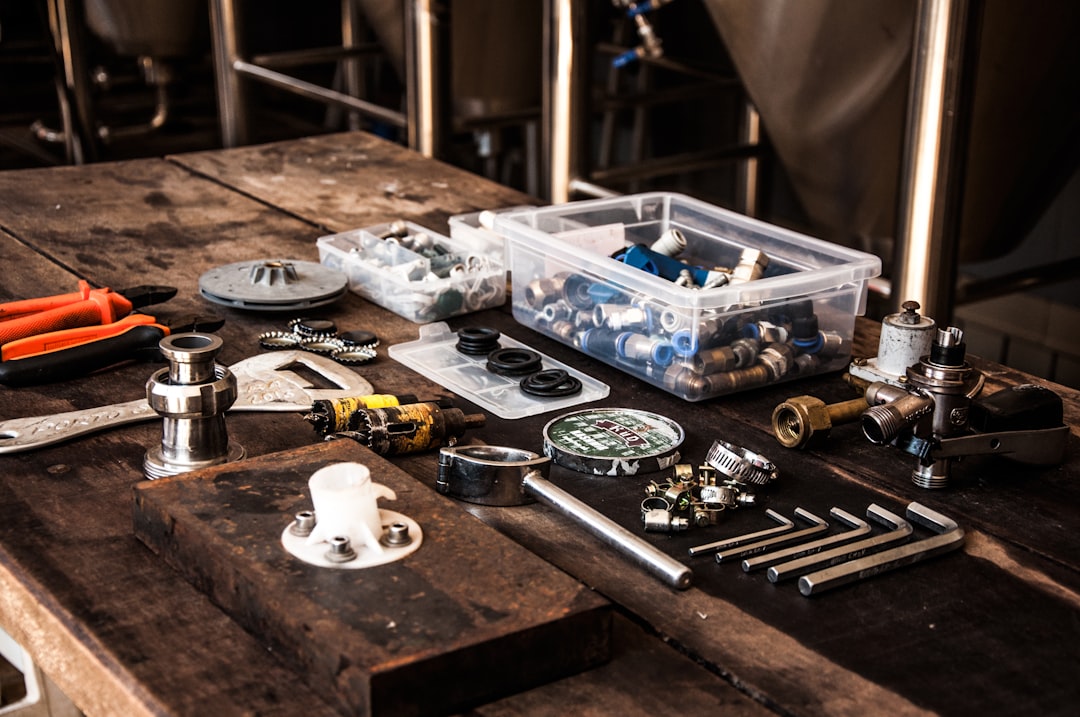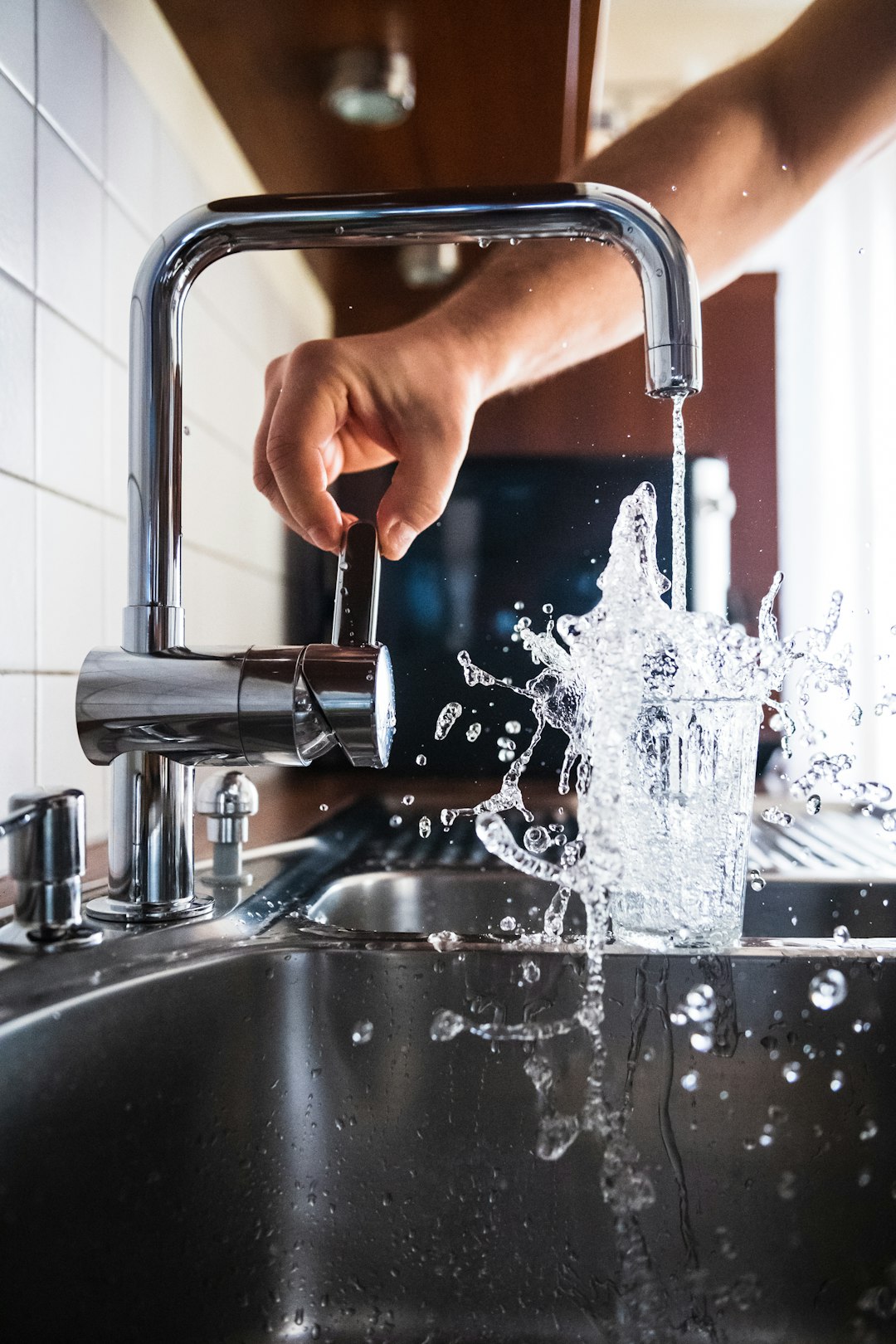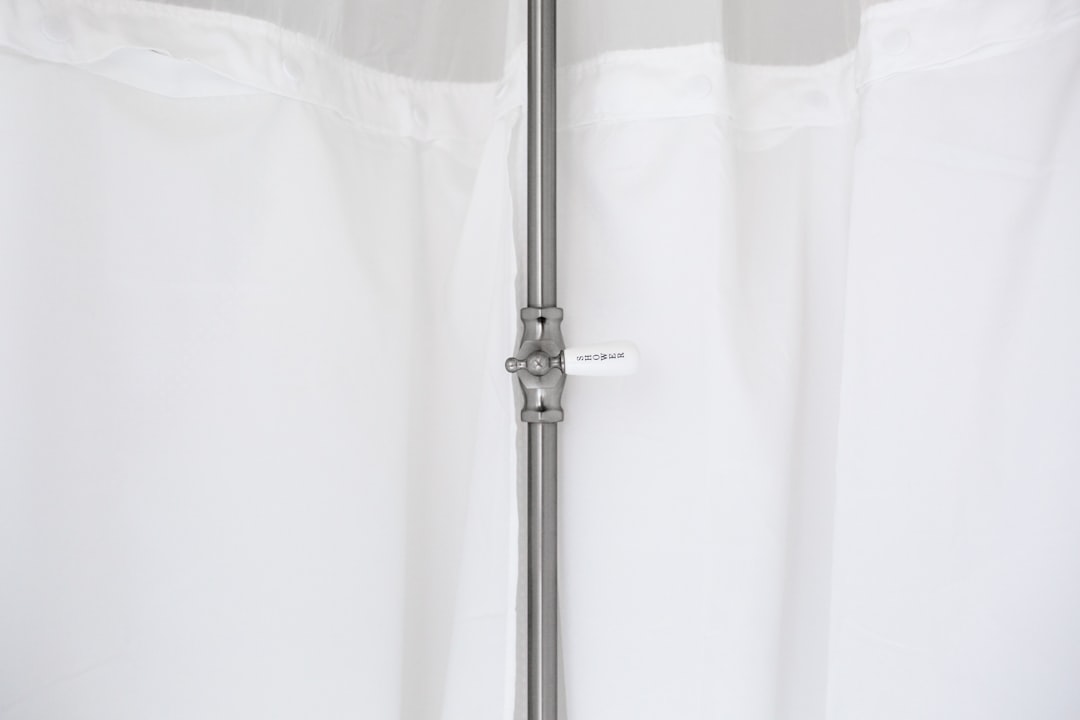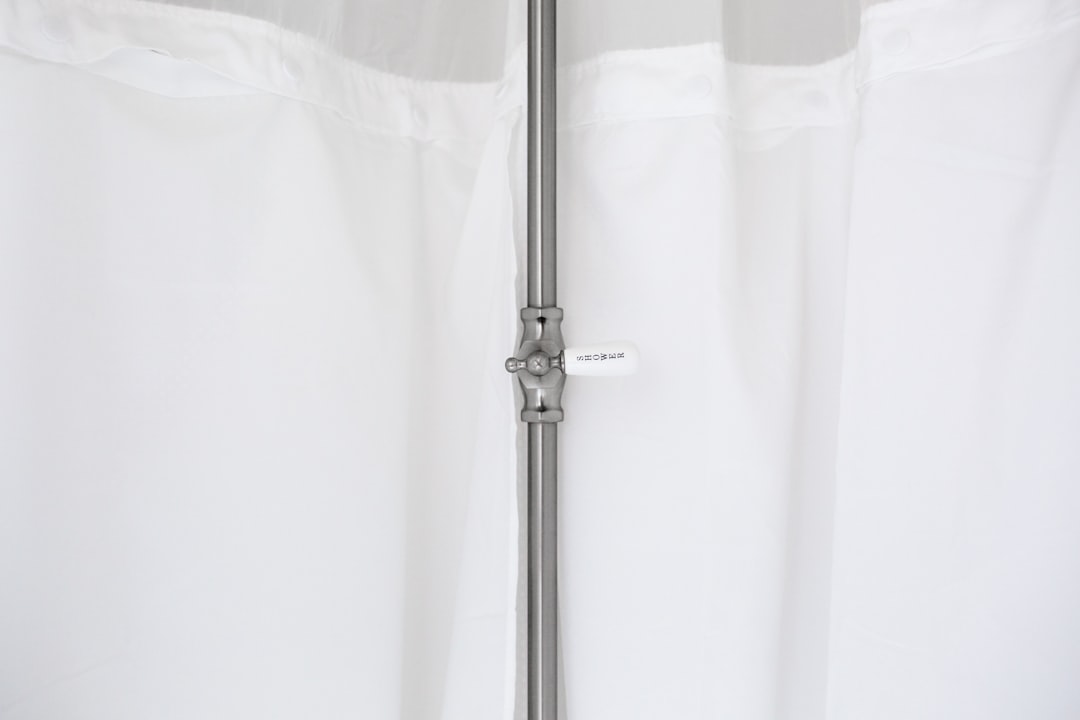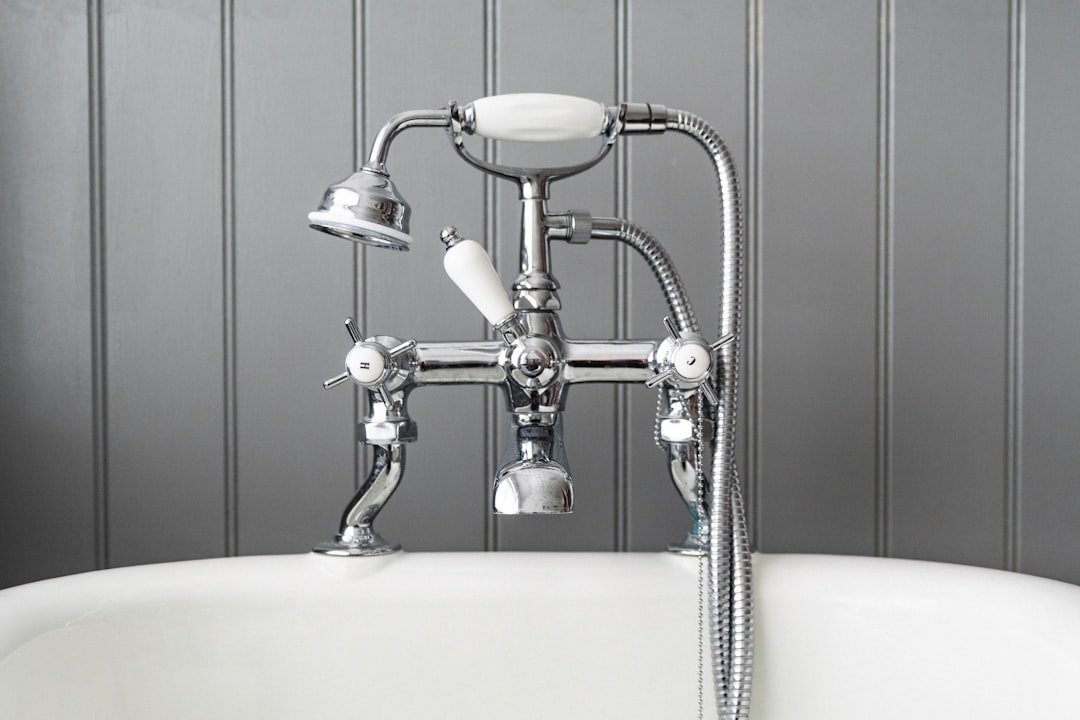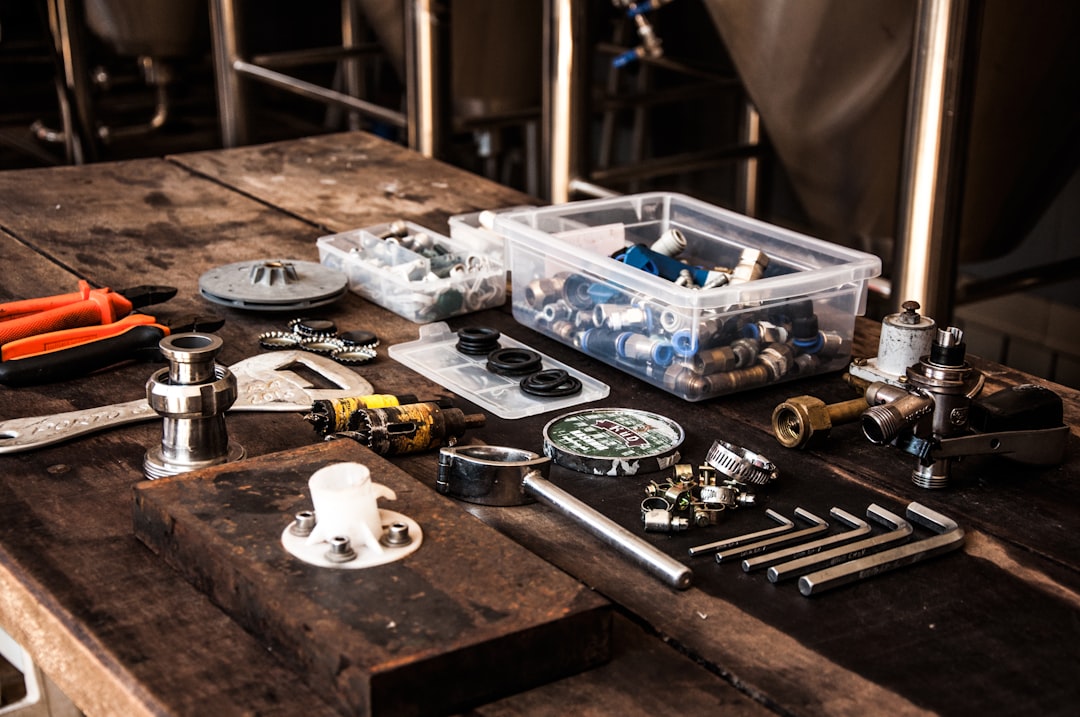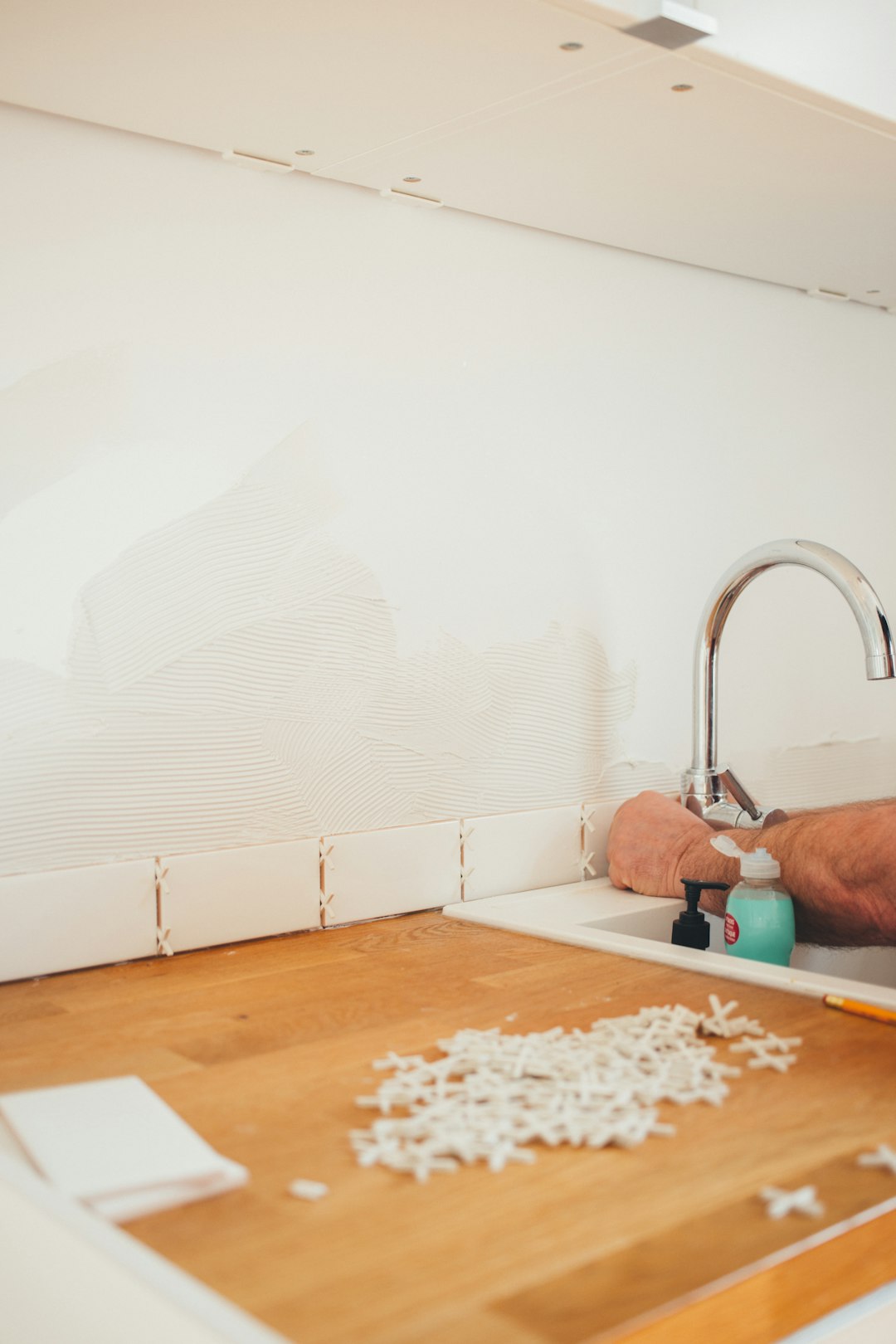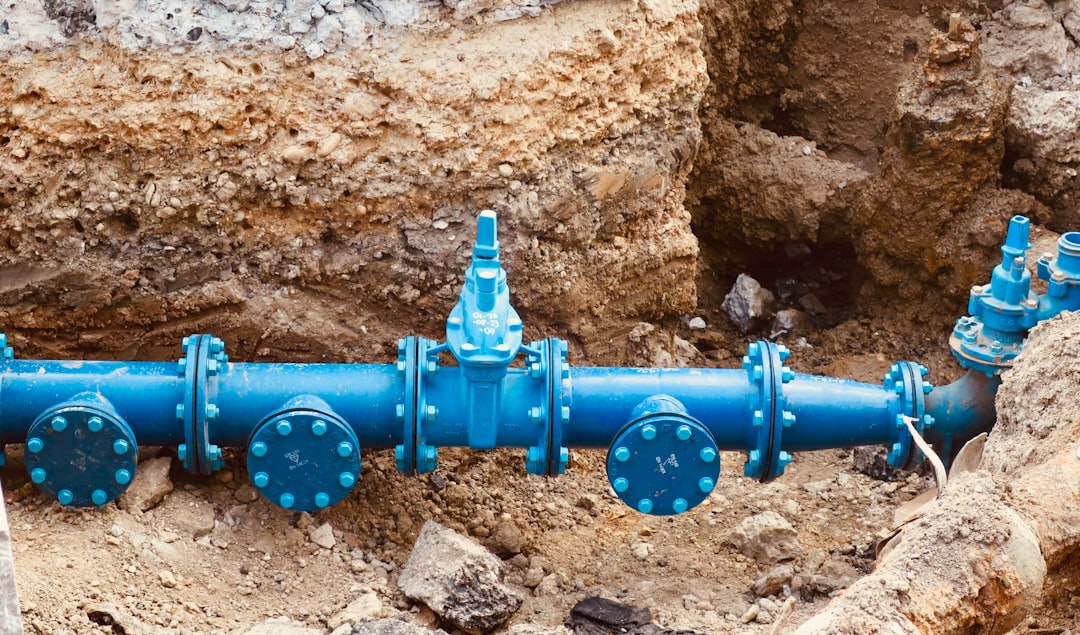Table of Contents
- Introduction
- Overview of common plumbing codes and standards
- Importance of plumbing code compliance for safety
- Key plumbing codes related to plumbing fixtures installation
- Plumbing codes concerning plumbing leak detection and repairs
- Regulations on plumbing pipe replacement and material standards
- Codes governing plumbing emergency services and response
- Plumbing codes for backflow prevention and water quality
- Impact of plumbing codes on residential and commercial plumbing
- Conclusion
- Frequently Asked Questions
Introduction
When it comes to maintaining the integrity of our buildings and ensuring the safety of our water systems, plumbing codes are the unsung heroes. These essential regulations not only dictate how plumbing systems should be installed and maintained, but they also protect public health and safety. Whether you’re a homeowner embarking on a DIY project or a professional plumber striving for compliance, understanding these codes is crucial for avoiding costly mistakes and ensuring quality work.
In an age where even the slightest oversight can lead to disastrous consequences—such as water damage or faulty drainage—being well-versed in plumbing regulations is more important than ever. But with a myriad of codes varying from country to country and even state to state, where does one even begin? In this article, we’ll delve deep into the world of plumbing codes, breaking down the key regulations that you need to know. So, grab your toolbox and prepare to get informed on a topic that could save you time, money, and possibly your home!
Overview of common plumbing codes and standards
Common plumbing codes and standards are essential guidelines that govern the installation, maintenance, and operation of plumbing systems in both residential and commercial buildings. These codes are established by various authorities, including local, state, and national organizations, to ensure public health and safety, as well as environmental protection.
One of the most widely adopted plumbing codes is the Uniform Plumbing Code (UPC), which covers various aspects such as materials, design, and installation practices. Another key standard is the International Plumbing Code (IPC), which provides minimum requirements for plumbing systems to safeguard public health.
Compliance with these codes is crucial, as they help prevent plumbing failures, protect drinking water quality, and facilitate efficient water usage. Additionally, plumbing codes often dictate the types of materials that can be used, which can impact the durability and safety of plumbing systems. Understanding these codes is vital for contractors, plumbers, and property owners, as it helps ensure that installations are safe and up to code.
Importance of plumbing code compliance for safety
Compliance with plumbing codes is crucial for ensuring the safety and well-being of both occupants and property. These codes are established to prevent hazards such as water contamination, structural damage, and health risks that can arise from improper plumbing practices. For example, without adequate backflow prevention devices, contaminated water can flow back into the potable water supply, posing serious health risks to everyone using that water.
Additionally, plumbing codes help to maintain consistent quality standards across various installations, ensuring that materials and workmanship are reliable. This consistency not only protects property values but also enhances the durability of the plumbing systems in place.
Furthermore, compliance with plumbing codes can significantly reduce the risk of costly repairs and system failures, saving homeowners and property managers money in the long run. Overall, adhering to plumbing codes is essential not just for legal compliance, but for safeguarding public health, ensuring system effectiveness, and promoting overall safety in residential and commercial environments.
Key plumbing codes related to plumbing fixtures installation
Key plumbing codes related to plumbing fixtures installation are designed to ensure safety, efficiency, and effectiveness in water usage. One of the primary codes is the Uniform Plumbing Code (UPC), which outlines the minimum standards for the installation and maintenance of plumbing systems. This code addresses various fixtures such as sinks, toilets, and showers, providing specific dimensions, materials, and installation procedures.
Another important code is the International Plumbing Code (IPC), which offers guidelines for the proper design and installation of plumbing systems to protect public health and safety. It emphasizes the importance of venting, drainage, and water supply to prevent contamination.
Additionally, local codes may impose additional requirements based on regional climates or community standards, ensuring that installations meet specific needs. Compliance with these codes is vital, as it helps in preventing leaks, reducing cross-contamination risks, and promoting efficient water use. Understanding these plumbing codes is essential for plumbers, contractors, and homeowners alike, as it leads to successful and compliant installations that can withstand the test of time.
Plumbing codes concerning plumbing leak detection and repairs
Plumbing codes concerning leak detection and repairs are critical for ensuring the safety and integrity of a building’s plumbing system. These codes provide specific guidelines on how to identify, report, and repair leaks efficiently. One common requirement is the installation of leak detection systems in areas where water damage can cause significant harm, such as in basements or near water heaters.
Additionally, codes often dictate the materials that can be used in plumbing repairs, emphasizing the importance of using durable and reliable components that can withstand high pressures and temperatures. For example, the use of PVC or CPVC pipes may be mandated in certain situations because of their resistance to corrosion and chemical damage.
Furthermore, when a leak is detected, codes typically require that the homeowner or plumber report the issue to the local authorities and conduct repairs within a specified time frame to prevent further damage and potential health hazards. Adhering to these plumbing codes not only promotes public safety but also helps in preserving property value and ensuring the efficient operation of plumbing systems.
Regulations on plumbing pipe replacement and material standards
Plumbing codes establish specific regulations regarding the replacement of plumbing pipes and the materials that can be used. These regulations are crucial for ensuring safety, efficiency, and longevity of plumbing systems. They dictate the types of materials permissible for different applications, such as copper, PVC, cast iron, or PEX. Each material has unique properties that determine its suitability for various situations, including water pressure, temperature, and chemical exposure.
Additionally, these codes often address installation practices and the necessary standards for joining materials, ensuring that connections are secure and leak-free. Compliance with plumbing codes helps minimize the risk of health hazards associated with contaminated water and prevents structural damage due to leaks.
Moreover, following these regulations is essential for passing inspections, obtaining permits, and maintaining the value of a property. By adhering to established plumbing codes, homeowners and professionals contribute to a safe and functional plumbing infrastructure.
Codes governing plumbing emergency services and response
Codes governing plumbing emergency services and response are essential for ensuring public health and safety. During emergencies, such as severe leaks or pipe bursts, timely and efficient action is crucial to minimize damage and restore normalcy. Various codes outline the standards for equipment, materials, and practices that plumbing professionals must adhere to when addressing emergencies.
These codes often specify response times, outlining how quickly a service provider must arrive at the scene after being notified of an issue. Compliance with these regulations ensures that all plumbers are equipped with the knowledge and tools necessary to handle various emergencies, reducing the risk of additional water damage or health hazards associated with untreated leaks.
Moreover, these codes may dictate the qualifications and licensing required for emergency plumbers, ensuring that only skilled professionals participate in urgent repairs. By following established codes, both plumbing professionals and homeowners can be assured that services rendered are effective, reliable, and adhere to community standards. This structure helps to guarantee that plumbing emergencies are managed properly and promptly, safeguarding both property and public health.
Plumbing codes for backflow prevention and water quality
Plumbing codes for backflow prevention and water quality are essential regulations established to protect potable water supplies. Backflow occurs when the flow of water reverses, potentially allowing contaminants from non-potable sources to enter the drinking water supply. To combat this, many jurisdictions implement specific codes requiring backflow prevention devices, such as vacuum breakers and double-check valves, to be installed at strategic points in plumbing systems.
These codes not only help in maintaining the integrity of the water supply but also ensure compliance with health and safety standards. Furthermore, they outline the procedures for testing and maintaining these devices to ensure their effectiveness. Non-compliance can lead to penalties as well as significant health risks for the community. Understanding and adhering to these plumbing codes is vital for homeowners, plumbers, and building contractors alike, as it fosters a safer environment and promotes the overall quality of water. Regular inspections and updates to these codes are crucial in adapting to new challenges in plumbing and public health.
Impact of plumbing codes on residential and commercial plumbing
The impact of plumbing codes on both residential and commercial plumbing cannot be overstated. These codes are designed to ensure that plumbing systems are safe, sanitary, and efficient. For residential plumbing, codes establish the minimum standards for the installation and maintenance of plumbing fixtures, pipes, and sewage systems, protecting homeowners from potential hazards such as leaks, backflows, and water contamination.
In commercial settings, adhering to plumbing codes is crucial as these spaces often experience higher water usage and more complex systems. Compliance not only ensures safety but also enhances the efficiency of operations, potentially reducing water waste and lowering utility costs.
Furthermore, plumbing codes are regularly updated to reflect advancements in technology and environmental standards, promoting sustainability and resource conservation. By following these codes, both homeowners and business owners can contribute to a healthier environment while also protecting their investments in plumbing infrastructure. Ultimately, the importance of plumbing codes lies in their role in creating resilient and functional plumbing systems that meet the needs of a growing population.
Conclusion
In conclusion, understanding plumbing codes is paramount for ensuring safe and effective plumbing systems in both residential and commercial settings. These codes are not merely guidelines; they are essential regulations that protect public health, ensure environmental safety, and maintain the integrity of plumbing infrastructure. By adhering to these codes, homeowners and professionals alike can avoid costly repairs, prevent health hazards, and contribute to the overall sustainability of water resources. The complexities involved in plumbing installations demand a careful consideration of these regulations, whether it involves fixture installations, pipe replacements, or emergency responses. Furthermore, keeping abreast of updates to these codes is crucial for compliance and safety in a constantly evolving industry. If you face plumbing issues or need assistance with code compliance, do not hesitate to reach out. Call 573-555-2121 for professional plumbing help that meets all code requirements and ensures your peace of mind.
